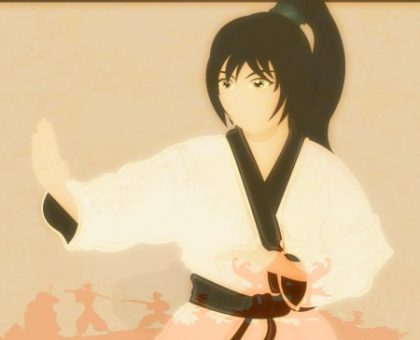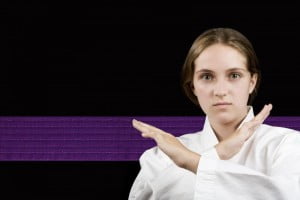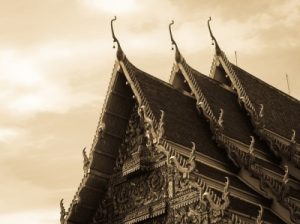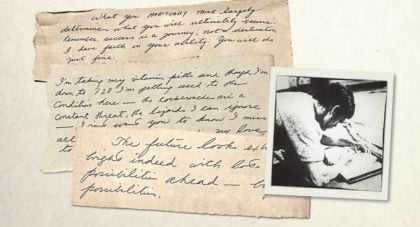Genbukan is another type of Ninjutsu. Founded in 1984 by Grandmaster Shoto Tanemura, Genbukan means “place that nurtures the professional martial artist.” Also, Gen means “black,” referring to a place for practicing skills and techniques which are mysterious and powerful. One who masters Genbukan training is said to radiate light to the “outer world of darkness.”

The Genbukan World Ninpo Bugei Federation, or GWNBF, is an international organization with over 100 dojos worldwide. To review, Ninpo is the art of the spiritual warrior and true ninja. Ninjutsu is a sub category of ninpo comprising physical skills necessary for survival. Jujitsu is the ancient art of the Samurai, which teaches self defense without weapons. Jujitsu consists of movements that are more compact than the art of Ninjutsu, which includes not only non-weapons training, but training with weapons as well.
Genbukan physical training emphasizes use of refined bodily movements to learn and develop skill at self protection techniques. Timing, distancing, and body mechanics are critical to this training, and therefore, training is usually conducted with students working with partners. These techniques allow practitioners to develop skills to handle confrontations with larger and/or stronger opponents.
Genbukan training focuses on teaching of the Ninpo Sanjurokkei (36 categories of training) consisting of 18 forms of traditional Bugei Juhappan (Japanese martial arts) plus 18 forms of Ninja Juhakei, or Ninpo. Training focuses on taijutsu, bojutsu, bikenjutsu, and also “seishinteki kyoyo,” which means spiritual refinement. Taijutsu, bojutsu, and bikenjutsu are the three fundamental parts of Ninpo, and thus they must be mastered first before moving on to other techniques. Excellent manners, or Reigi Saho, are also emphasized in Genbukan training.
Genbukan taijutsu includes five major types of training: Dakentaijutsu (emphasizing striking techniques); Jutaijutsu (emphasizing throwing techniques, locks, and chokes); Koppojutsu (emphasizing nerve and pressure point attacks and bone breaking); Kosshijutsu (similar to Koppojutsu in emphasis); and Taihenjutsu (emphasizing body movement and placement to counter or avoid attacker).
The ranking system used by the Genbukan is from 10th kyu, which is also called “mu-kyu” through 1st kyu. After this comes the sho-dan, or 1st dan through 10th dan. There are also ranking systems for weapons, and they vary depending on the weapon. In some cases, these weapons rankings use a traditional system of licenses, and in some cases, the modern 10th kyu through 10th dan system is used.
Photo: http://www.flickr.com/photos/thedalogs/3231081696/sizes/s/
Joyce






